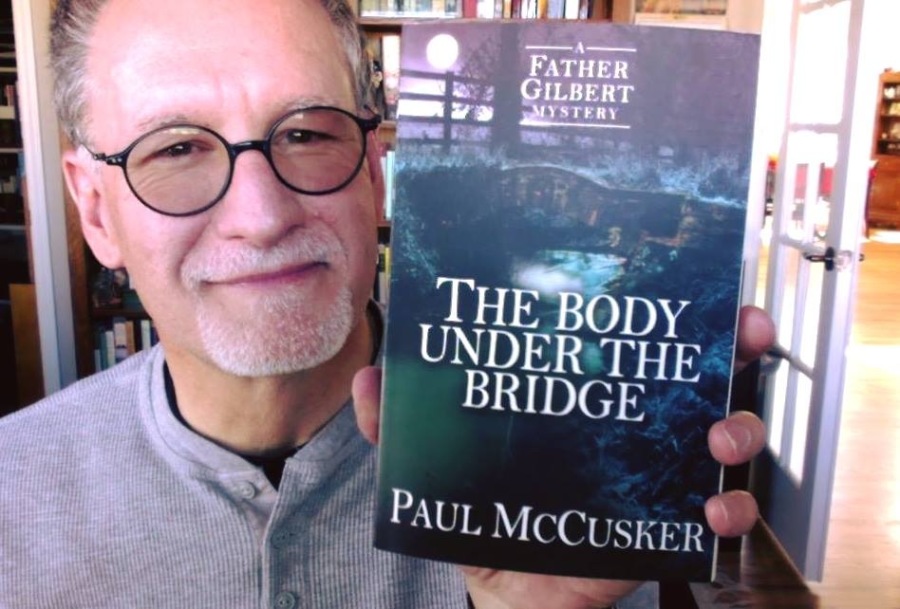How Good Intentions Can Go Awry
Note: I just finished reading an excellent article in HBR by Mark Bonchek - 'How Leaders Can Let Go Without Losing Control.' This article is the background for today's composite story from the client file. Enjoy. Previous installments of my weekly blog from 2013 are located on my website at http://stevemarshallassociates.com/steves-blog/
The title of the article is "How Leaders Can Let Go Without Losing Control." The fundamentals expressed in the article ask and answer the dichotomous question of, "How do starlings fly in a swarm and never collide with another while retaining the remarkable ability to find food and ward off attacks?" The answer is amazing, even moreso because they do all this without a leader. The answer comes in the form of shared values, goals, and principles. It’s important to know the difference between values, goals, and decision principles: Values are what’s important to you. Goals are what you want to see in the world. Principles are what help you make decisions. So “Frugality” is a value. “Saving money” is a goal. “Spend others’ money like your own” is a principle. And, starlings do all of the above rather well, just like fish in a school.
Doctrine 
As Mr. Bonchek goes on, he finds a dearth of doctrine in the business world. Every organization has its mission, goals, and strategies to tell people where to go. They also have rules, policies, and procedures that tell people what to do. But few organizations have comprehensive, communicated, and contextualized doctrine to empower decision-making across the organization.
Without doctrine, it’s impossible for managers to let go without losing control. Instead, leaders must rely on active oversight and supervision. The opportunity is to replace processes that control behavior with principles that empower decision-making.
How Good Intentions Can Go Awry
The following story is a composite of two remarkably similar situations in two different cities with two different clients. A simple action with absolutely good intentions can go sideways quickly; here's how. The COO of a company decides on a policy of celebration of joyful occasions, which policy everyone gladly embraces both the thought and the action. How and when it occurs is up to the group as a collective. The CEO is happy to stand back and let all this take place; after all, he knows that the best ideas always come from the people working at the ants-eye view of things on a daily basis.
Houston, We Have a Problem 
In the meantime, a new employee is hired, and any orientation she receives is hurried at best because her position is critical and has been vacant for two months. She hears through the "office rumor mill" that a baby shower is scheduled for an expecting mother and that gifts are customary in this situation. Being new, she asks the person physically closest to her if a gift is required or optional and the offhand response she gets is, "yes, bring a gift." Being of the legal persuasion and taking herself very seriously, she sends out a memo to the entire office stating that this policy is inappropriate and possibly illegal and that she will abstain from giving a gift.
This email causes quite a stir in the office, and she actually becomes shunned by her co-workers, to the point, that she is not able to effectively do her job. At that point, she sends out another email, that she is going to file a lawsuit and contact the EEOC to investigate the situation. The COO quickly steps in to avoid this pending disaster but becomes polarized because of his loyalty to the rest of the employees and, also, because, he instituted the gifting policy in the first plac
Out of Africa 
This all happens two weeks into the CEO's trip for a photo safari in Africa and, by the time he catches up with his email, emotions are at a fever pitch back in the USA in his office. Being almost 8,000 miles away, almost in a different world, the first question he asks his COO is, "Are you serious; is this situation real?" When he is assured that indeed it is, he asks the second question; "What are you doing about it?" The COO is at a loss; he has discussed the situation with all parties in the office and they are resolved (except for the new person) that here is no solution except for the new person to leave the company!
What Does This Have to Do With Doctrine?
Let's hit the pause button on the above (awful) movie and explore what's missing in this situation.
- The origin of the word comes to us from the Greeks, but was hijacked along the way by the Romans and in Latin, "doctrina" is a codification of beliefs or a body of teachings or instructions, taught principles or positions, as the essence of teachings in a given branch of knowledge or belief system.
- The military defines doctrine as the concept of an established procedure to a complex operation such as in warfare. The typical example is tactical doctrine in which a standard set of maneuvers, kinds of troops and weapons are employed as a default approach to a kind of attack.
- In the legal world, doctrine is defined by the following; a legal doctrine is a body of inter-related rules (usually of common law and built over a long period of time) associated with a legal concept or principle.
- Finally, in religion,doctrine may be understood as one of the key components of religiosity. And doctrine itself may be broken down into four dimensions:
- content
- frequency
- intensity
- centrality
Get the Popcorn - Back to the Movie! 
The CEO was very, very reluctant to cut his trip short, so he suggested the following to the COO; bring everyone together in a meeting format and discuss his findings, conclusions and recommendations from the individual meetings he had had with everyone involved in the "mashup." When the COO put his notes together, he discovered what you, as the reader, already know - this was an enormous waste of everyone's time and had consumed a valuable week of the COO's time, just bringing it to a standoff. At the meeting, what everyone discovered was that they were all closer in agreement that they had thought and just by talking directly with each other instead of triangulating the (mis)information all over the office, the entire drama could have been avoided.
What Was Missing in the Plot for This Movie?
The shift to doctrine and principles-based management is more than a tactic; it's a new way of thinking about management. Instead of making decisions for others, or delegating those decisions to others, it’s creating principles with others that enable them to make decisions for themselves. So, in the "movie", doctrine and principles were notoriously absent.
Getting Started On This Journey - Take These Steps

- Principles: Start with your existing values. Transform them into decision principles. Then find real-world decisions and reverse engineer the most effective principles.
- Catalysts : Find internal catalysts who can help evolve the principles and help people apply them to daily decisions. Connect the catalysts to learn together.
The overall thing to keep in mind with this approach to management is that the goal is to manage principles, not people, and to create a culture based on principles over process.
As Mark Bonchek concludes his essay on this approach to leadership, "It works for birds, fish, and soldiers. Maybe it’s time to give it a try for companies too."
Next Week: A Mid-Life Crisis or Just the Normal Aging Process?
Articles from Steven Marshall
View blog
NOTE: The following is from my friend, Paul McCusker, Senior Director of Content Creation at the Aug ...

NOTE: I found this excellent article in the 'National Review' by Rich Lowry. It certainly resonates ...

Note: I have heard the title of this blog numerous times when I tell people what I like to do for fu ...
You may be interested in these jobs
-
Senior Auditor, Internal Audit
Found in: Jobcase US 3 C2 - 1 week ago
GXO Logistics High Point, United StatesLogistics at full potential. · At GXO, we're constantly looking for talented individuals at all levels who can deliver the caliber of service our company requires. You know that a positive work environment creates happy employees, which boosts productivity and dedication. On our ...
-

Project Manager
Found in: Lensa US 4 C2 - 1 day ago
Technical People Oak Brook, United StatesAutomation Project Manager · Oak Brook, IL · Our client is hiring an Automation Project Manager · Responsibilities of the Automation Project Manager Be responsible for project schedules using MS Project and/or Gantt Charts. · Maintain project documentation and communication t ...
-
SUPERVISOR, LABORATORY
Found in: Lensa US 4 C2 - 1 day ago
Temple University Philadelphia, United StatesThe Laboratory Supervisor's responsibilities will include supporting the Manager of Chemistry on the Evening/Night Shift in all areas such as training and supervising section staff, scheduling, and staff competency assessment. The Supervisor performs a wide variety of laboratory ...



Comments